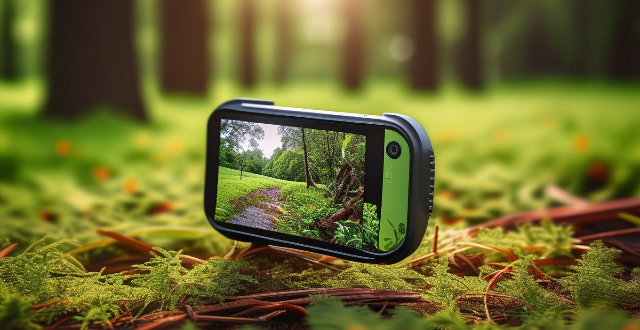To improve your smartphone photography, focus on understanding camera settings, mastering composition techniques, utilizing natural light, experimenting with perspectives, editing for enhancement, and continuously learning and practicing. Explore all features of your camera app, use manual controls for fine-tuning, apply the rule of thirds, simplify your scene, shoot during golden hours, change your viewpoint, and use macro mode for close-ups. Post-process with subtle adjustments, develop a consistent style, follow other photographers for inspiration, and practice regularly to refine your skills.

How to Take Better Pictures Using a Phone Lens
Taking better pictures with your phone lens involves understanding both the technical aspects of your camera and the artistic elements of composition. Here are some tips to help you improve your smartphone photography skills:
Understand Your Camera Settings
Get to Know Your Camera App
- Explore all features: Dive deep into your camera app to uncover various shooting modes, filters, and settings.
- Use manual controls: If available, use manual controls for focus, exposure, ISO, and shutter speed to fine-tune your shots.
Use HDR for Better Lighting
- Enable HDR mode: High Dynamic Range helps in capturing details in areas with varying light intensities.
- Shoot in different lighting conditions: Practice using HDR in backlit scenes or high-contrast environments.
Master Composition Techniques
Apply the Rule of Thirds
- Gridlines: Turn on gridlines in your camera app to easily apply the rule of thirds.
- Balanced composition: Place key elements at the intersection points or along the lines to create a balanced and interesting photo.
Look for Leading Lines
- Natural lines: Use paths, fences, or shadows as leading lines to guide the viewer’s eye through the scene.
- Symmetry and patterns: Look for repeating patterns or symmetrical arrangements that can lead the viewer through the image.
Simplify Your Scene
- Focus on the subject: Avoid clutter by getting closer or changing your angle to eliminate distracting elements.
- Background check: Ensure the background doesn't detract from your main subject.
Utilize Natural Light
Golden Hour Magic
- Shoot during golden hours: The soft, warm light of early morning or late evening is perfect for enhancing colors and creating mood.
- Shadow play: Use long shadows to add depth and interest to your photos.
Reflect on Reflections
- Water reflections: Still water can create mirror images of your subject, doubling the impact of your photo.
- Glass and windows: Reflective surfaces can provide creative ways to frame your subject.
Experiment with Perspectives
Change Your Viewpoint
- High and low: Shoot from high above or down low to the ground to capture unique perspectives.
- Get level: Match the horizon line to your camera’s level for straight, balanced shots.
Macro Mode for Close-ups
- Detail shots: Use macro mode to get close-up shots of small objects or details like petals or raindrops.
- Textures and patterns: Explore textures and patterns up close for abstract and intriguing images.
Edit for Enhancement
Post-Processing Apps
- Choose the right app: There are many editing apps available; find one that suits your needs and style.
- Subtle adjustments: Make minor tweaks to brightness, contrast, and saturation to enhance your photos without overdoing it.
Consistency in Style
- Develop your style: Try to maintain a consistent style across your photos for a cohesive portfolio.
- Learn from feedback: Pay attention to feedback and constructive criticism to improve your editing skills.
Keep Learning and Practicing
Learn from Others
- Follow photographers: Follow other smartphone photographers for inspiration and tips.
- Join communities: Join online communities or local groups to share experiences and learn from others.
Practice Makes Perfect
- Take lots of pictures: The more you practice, the more familiar you become with your phone's capabilities and limitations.
- Review and reflect: After each shoot, review your photos and think about what worked well and what could be improved.
By combining these technical and creative strategies, you can take better pictures using nothing but your phone lens. Remember, the most important tool is your willingness to see the world around you with a photographic eye and to keep honing your skills through constant practice and learning.